“All cities…historic or recent, artistic or otherwise are all alike. They unanimously claim their inviolable right to exist: no one has the right, for whatever reason, to destroy them…We must unite the cities to unite the nations.”
This quote from Giorgio La Pira was given during the assembly of the International Red Cross in Geneva, Switzerland, in 1954. La Pira’s words would eventually change from thought to action, for one year later, in 1955, La Pira organized and hosted the Conference of the Mayors of Capital Cities in his beloved city of Florence. Held in October of that year in the Palazzo Vecchio, it was the first time in local bureaucratic history that mayors of the western world met mayors from the east. In all, 38 capital cities were represented, marking a turning point for the global integration of local politics and making a “pact of brotherhood at the very basis of the life of nations,” as La Pira put it.
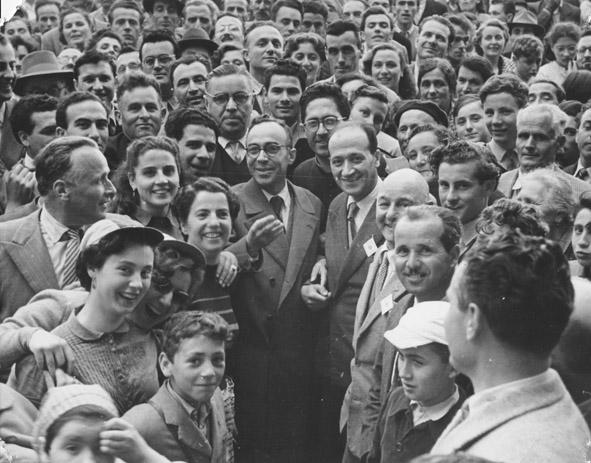
During his inaugural speech for the Conference, La Pira said, “cities, and especially their foundations, remain firmly based on eternal values… they remain, like living books of human history and human civilization, intended for the spiritual and material edification of future generations.” It was a highly successful conference that concluded with the signing of a pact of friendship and harmony, but wasn’t without its surprises as Moscow’s mayor, Mikhail Yasnov, surprisingly attended Mass celebrated by Cardinal Elia Dalla Costa at Santa Croce, causing a bit of a stir.
Now, several generations later, La Pira’s spirit, legacy and thought will once again be in the air, in the mind and on the lips of those in attendance at the upcoming Meeting of Mediterranean Bishops and Mayors in Florence, which is to be held February 24 to 27. With 100 mayors representing their respective cities, La Pira’s very commitment to brotherhood and unity will become a collective dialogue, honoring those eternal values of the Mediterranean to strengthen the bond between sister Churches, foster social inclusion and support of those experiencing persecution, and assess the impact of forthcoming environmental disasters.
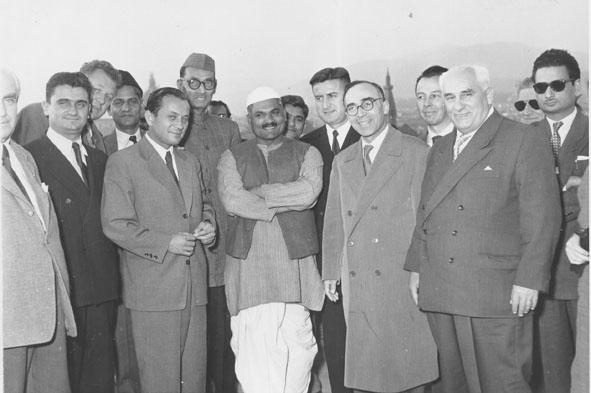
In a 1964 New York Times article, reporter Robert C. Doty noted that La Pira was “convinced that the Mediterranean world [was] and should be the center of Western civilization, that Italy is the focus of the Mediterranean world and that Florence, seedbed of the Renaissance, is the heart of Italy.” This year, La Pira’s vision of united shores will be a reality once again and perhaps will create an undulating cycle of diplomacy centralized in Italy for years to come. Pope Francis will be speaking on the final day of the four-day event and one can be most certain that he will speak of La Pira’s fine example for laity in building justice and peace.
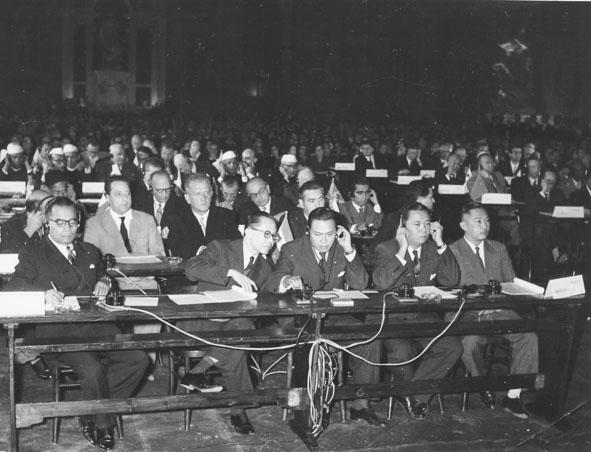
The following excerpt from our book, Tied by a Florentine Knot: The American Press on Giorgio La Pira, not only details that first Conference of the Mayors in 1955, but also how La Pira looked far beyond the Mediterranean to build peace and understanding among all cities. La Pira invited mayors from around the world, even from a few communist countries, to discuss his plan for “peace of the cities of the entire world…” It was also during this time that La Pira began promoting the idea of a sister city program between Florence and other important cities around the world.
Nine years after these initial plans were set in place, La Pira visited the United States for the first time in early October 1964 to formally launch the Florence-Philadelphia sister city program, cities which he referred to as “two great centers of culture.” The Philadelphia Daily News on October 10, 1964, cheekily announced La Pira’s arrival as being not by the ships of Columbus, the “Pinta, Nina, or Santa Maria,” but simply by flight.
La Pira had a busy schedule: the Columbus Day parade, a concert by the Philadelphia Orchestra at the Academy of Music, and a Sons of Italy banquet, where he was formally introduced by Philadelphia Mayor James H. J. Tate.
At Independence Square, La Pira shared speaking honors with Mayor Tate, who hoped that the sister city program would act as a “real approach to understanding between the peoples of the world.” La Pira addressed the crowd in Italian while being translated by the “grand recording secretary of the Sons of Italy.” As quoted in the October 12, 1964, edition of the Philadelphia Inquirer, La Pira stated that Philadelphia was the “heart and pillar of the United States.” He added, profoundly, “Our first thoughts and prayers are offered to the forefathers of the American nation . . . and to all the Presidents of the United States. To them, providence has entrusted a mandate: the mandate of the new frontiers: a mandate which is delivered day by day, for the life, freedom and happiness of the American people and, as a consequence, of all the peoples of the world.”
During the day’s ceremony, La Pira presented a bouquet of flowers to the Columbus Day Queen and placed a wreath on the statue of Christopher Columbus in Philadelphia’s Fairmount Park.
Professor Mario Primicerio, [current chairman of Fondazione La Pira] who accompanied La Pira on his visit to the United States, recalled that their schedule was packed with many meetings. After Philadelphia, they went on to New York City where La Pira met Secretary- General U Thant, Cardinal Francis J. Spellman of New York, New York City Mayor Robert F. Wagner Jr., US Ambassador to the United Nations Adlai Stevenson, peace activists Peter and Cora Weiss, President of the World Jewish Congress Nahum Goldman, and NASA Director Dr. J. DeFrance.
Primicerio recollected that La Pira was in a meeting at the State Department with the US Ambassador to the Soviet Union, Llewellyn Thompson, when “at that very moment . . . Khrushchev’s fall was announced” after a Kremlin coup, ending his ten-year reign.
The tour of America continued to Louisville, Kentucky, where La Pira met with American Trappist monk Thomas Merton at Gethsemani Monastery. The two men held a mutual admiration and respect for one another. Merton described La Pira as “ebulliently Christian, but a very good head too.” The meeting was the start of a deep and enduring friendship, rooted in faith and a commitment to peace.
La Pira established many long-lasting relationships with the prominent and influential people he met during his initial visit to the United States, and some went on to play significant roles in his life during times of great conflict.
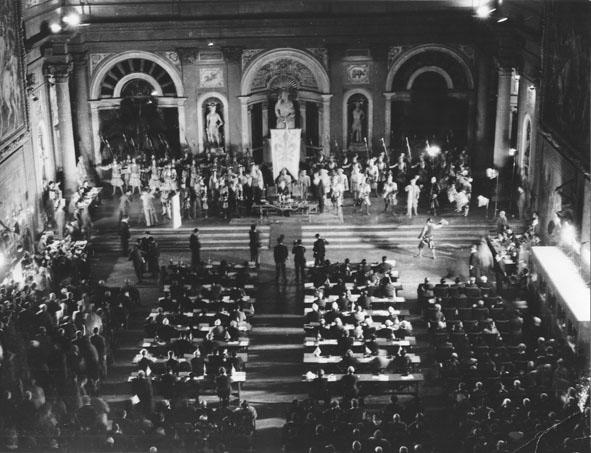
We are all proud, for the most part, of our respective hometowns. The “human person is defined by the city in which he puts down roots…like the plant in its field,” said La Pira during a speech in Venice, Italy in 1964. He also expressed that “The city with its measures, its temples, its houses, its streets, its squares, its workshops, its schools, falls somewhat under the definition of man.”
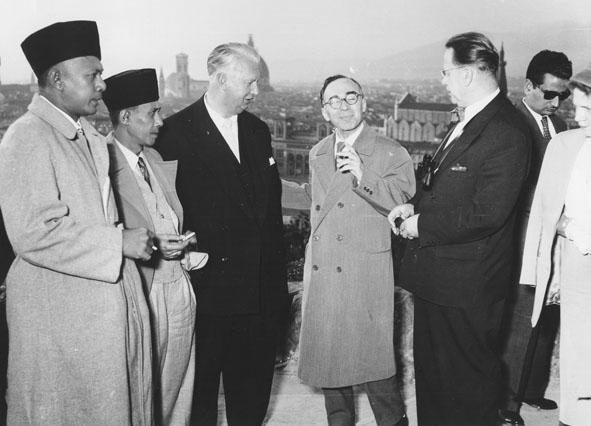
La Pira believed that uniting the cities to unite the nations was one step towards uniting the world. Some may find this naïve of the Saintly Mayor, who was humble and considered one of the people. How could someone so tied to his city of Florence possibly make an impact on the global stage with simply a vision, a pen and paper? As a citizen-leader, La Pira emphasized the relationship between community and government. To understand the nature of leadership, one must have at some point been led. It’s obvious La Pira knew how to organize and how to lead, and he truly understood the core of the word citizen, defined as “a native or naturalized person who owes allegiance to a government and is entitled to protection from it.” That was La Pira’s goal when he organized the mayors over 66 years ago, for protection of the cities, for peace. By that time, La Pira had since ceased to be merely a provincial citizen and was very much a citizen of the world.
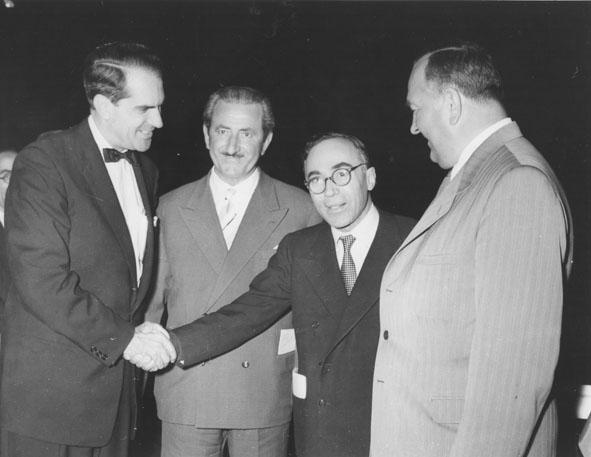
Further, he established the conference in service of the idea that seldom does war resolve disagreements between countries and that dialogue is quite necessary to find a solution. La Pira used this philosophy on the world stage in 1965 during a trip to Vietnam, but was harshly criticized for thinking he had been given a peace proposal from Ho Chi Minh after their meeting. A reporter from the Italian newspaper Avanti wrote, “La Pira may have put a bit of candor and naivety into the gesture, but when candor and naivety are put at the service of peace, everything becomes worthy and even moving.”
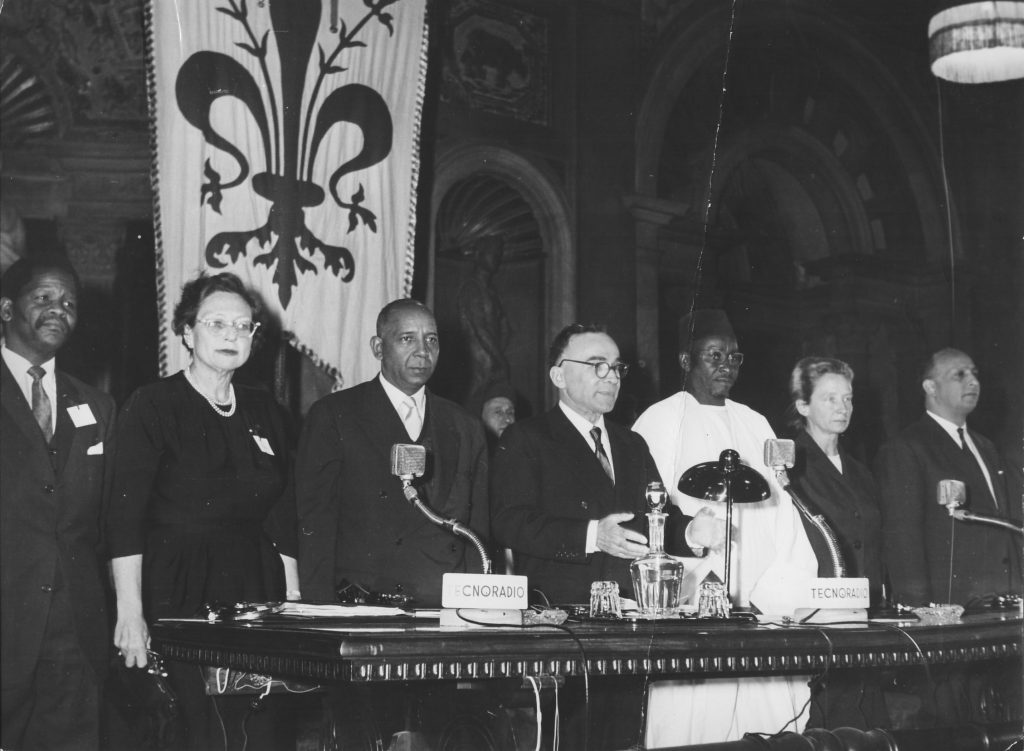
With the February conference on the horizon, a bit of hopeful naivety could go a long way in solving some of the most trying problems the modern world has ever seen.
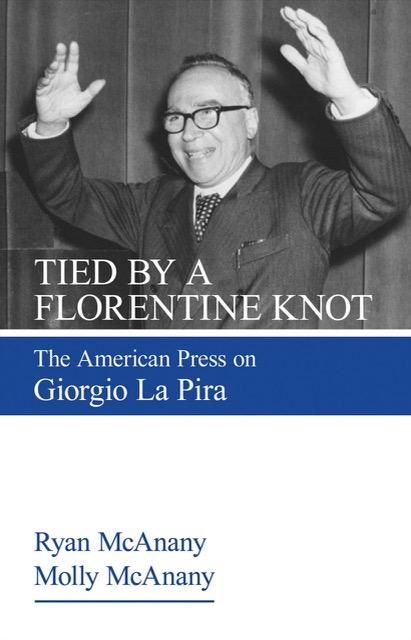
Told from the perspective of American journalists, Tied by a Florentine Knot: The American Press on Giorgio La Pira (New City Press, Fondazione La Pira) analyzes the coverage of pious Florentine mayor Giorgio La Pira as he transformed into an international diplomat and peace feeler during the Cold War and Vietnam War era. A defender of the poor and champion of just social causes, La Pira attempted to tie a knot that would bind all of humanity.
About the authors
Ryan McAnany is a self-taught historian and genealogist. He is a singer-songwriter, having songs featured on television and radio, and for over 20 years, a business owner in the logistics and transportation industry.
Molly McAnany is a UC Santa Barbara graduate with degrees in English, Political Science emphasis in American Politics, and Professional Writing emphasis in Journalism. She is a broadcaster in radio and podcasting, who grew up in Los Angeles.




